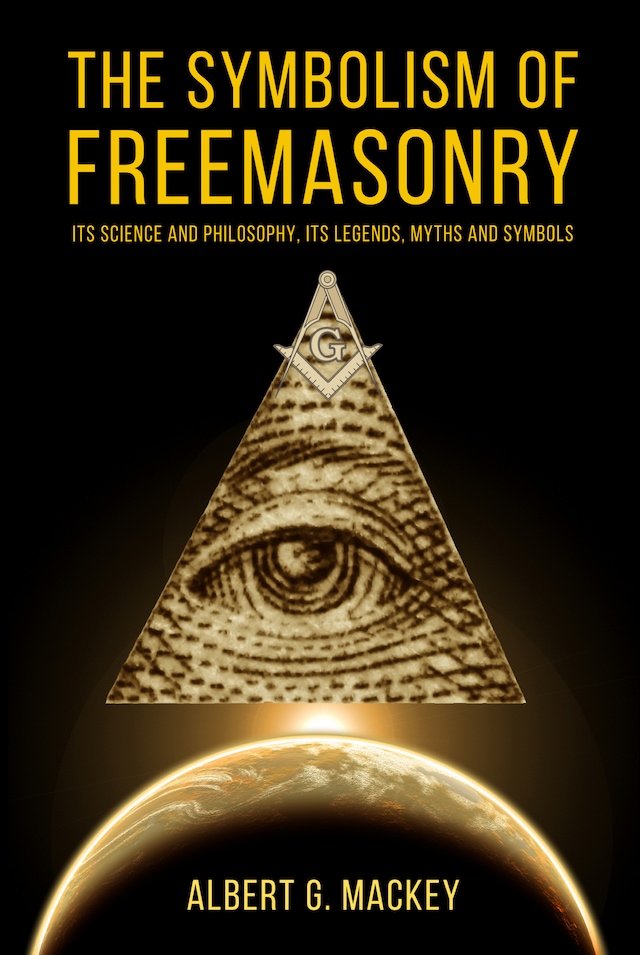
The Symbolism of Freemasonry
Its Science and Philosophy, its Legends, Myths and Symbols
Beskrivelse av boken
As a contributor to the literature and science of Freemasonry, Albert Gallatin Mackey was rightly considered one of the greatest American Masonic historian. His works have been more extensive than those of any other in America or in Europe. He was widely respected by the Masonic world for his ripe scholarship, his profound knowledge of Masonic law and usage, his view of Masonic philosophy and for his invaluable, literary labourist in the service of the Order.
Mackey’s book on the topic deserves to be read since it is still used in most courses that discuss Freemasonry and still attracts contemporary spiritual seekers. In this work, he focuses, inter alia, on the primitive Freemasonry of antiquity, the system of symbolic instruction, the ritualistic symbolism and the legends of Freemasonry.
This edition contains a synoptical index and complete footnotes (>210).
Excerpt: “Of the various modes of communicating instruction to the uninformed, the masonic student is particularly interested in two; namely, the instruction by legends and that by symbols. It is to these two, almost exclusively, that he is indebted for all that he knows, and for all that he can know, of the philosophic system which is taught in the institution. All its mysteries and its dogmas, which constitute its philosophy, are intrusted for communication to the neophyte, sometimes to one, sometimes to the other of these two methods of instruction, and sometimes to both of them combined. The Freemason has no way of reaching any of the esoteric teachings of the Order except through the medium of a legend or a symbol.
A legend differs from an historical narrative only in this—that it is without documentary evidence of authenticity. It is the offspring solely of tradition. Its details may be true in part or in whole. There may be no internal evidence to the contrary, or there may be internal evidence that they are altogether false. But neither the possibility of truth in the one case, nor the certainty of falsehood in the other, can remove the traditional narrative from the class of legends. It is a legend simply because it rests on no written foundation. It is oral, and therefore legendary.”
 Albert G. Mackey
Albert G. Mackey 352 Sider
352 Sider